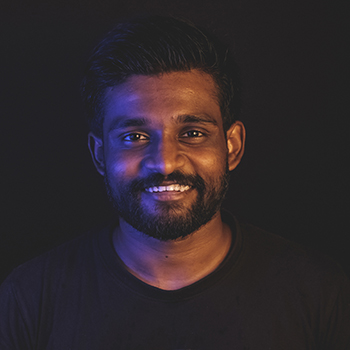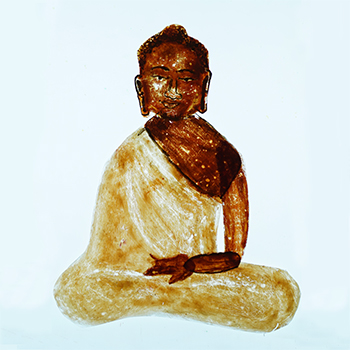Gnana Selvam is a filmmaker, researcher, and designer. He received his M.Des in Animation Design from IDC (IIT Bombay) in 2017. He graduated from the National Institute of Technology Hamirpur with a B.Arch in architecture. At the Indian Institute of Technology Gandhinagar, he also completed a Master of Arts in society and culture. He is currently employed by Jai Kisan as a user researcher. His previous work experiences are: Architect at Aequinox consultants (2013), Animation consultant at SoULS IIT Bombay (2017), Film maker at Ztips (2018), Film director at Tata Centre for Technology and design IIT Bombay (2018), Research Fellow at UNESCO (2019), Visual Designer at Oxford University Press (2020), Research Scholar at the Indian Institute of Technology Gandhinagar(2020).




